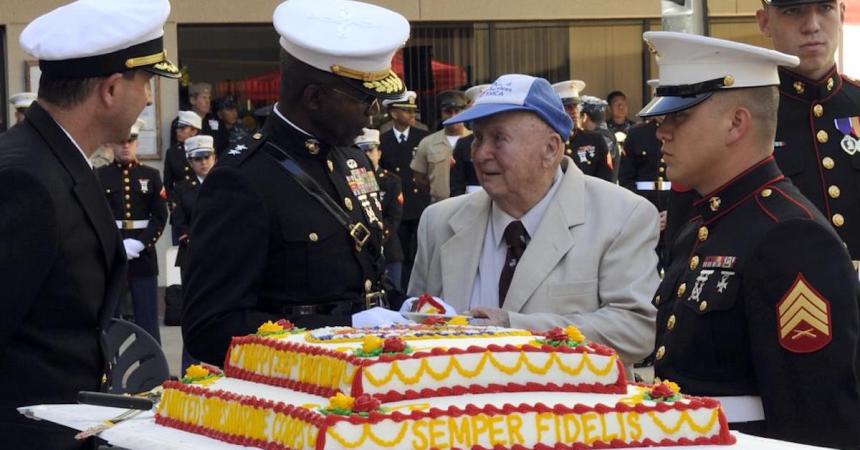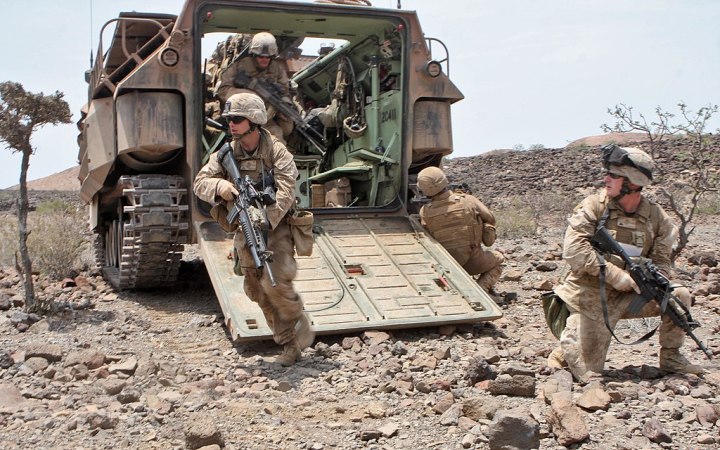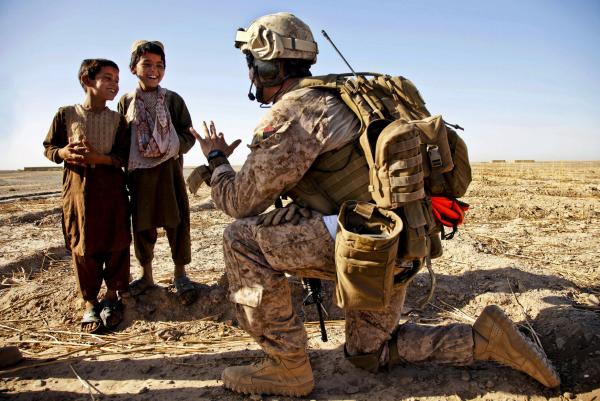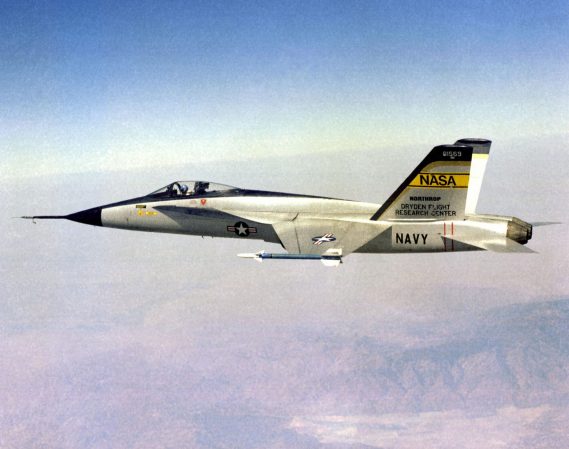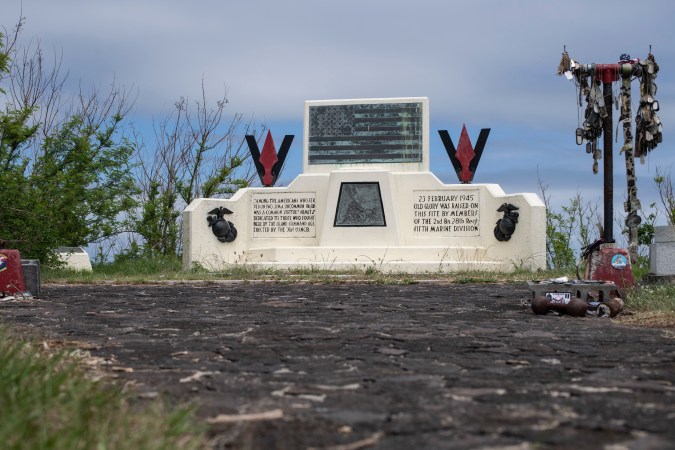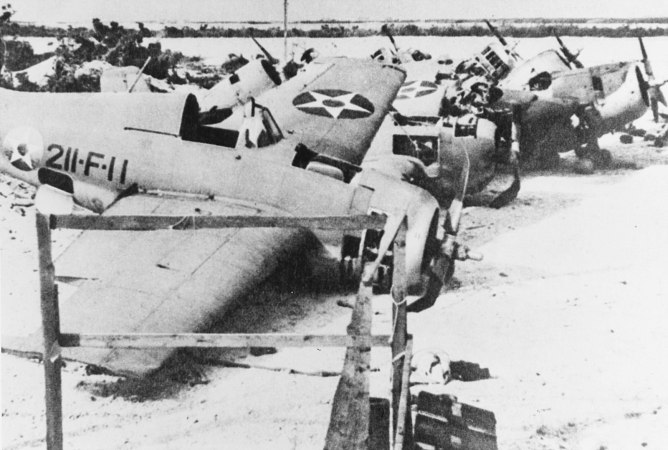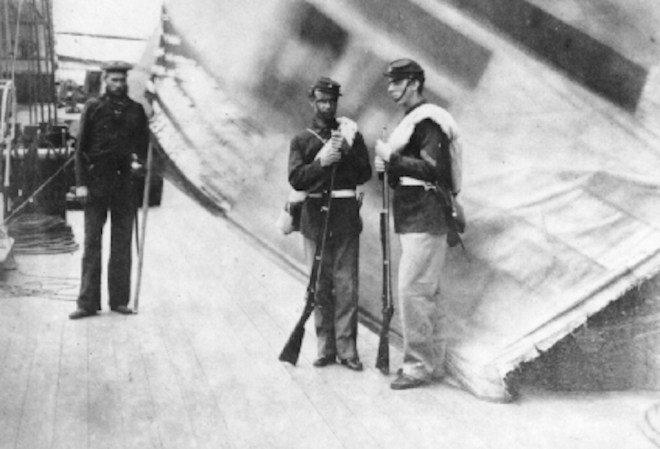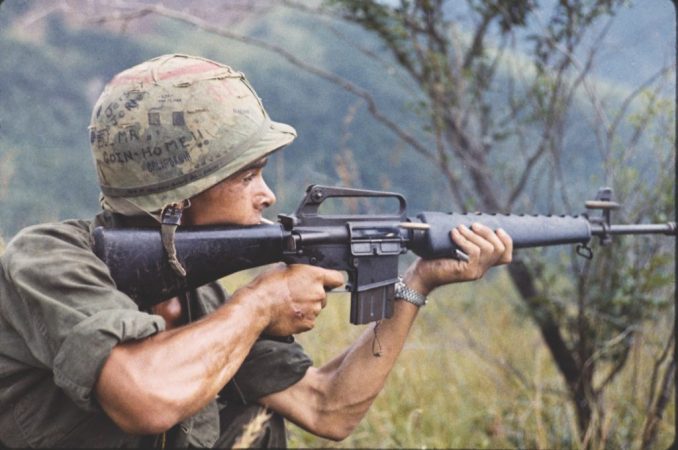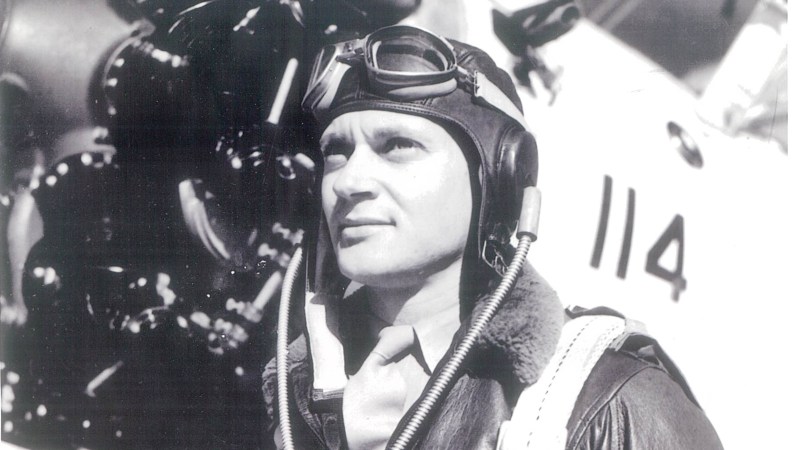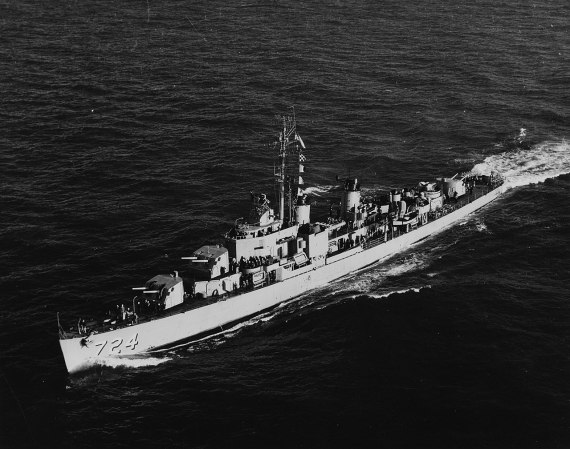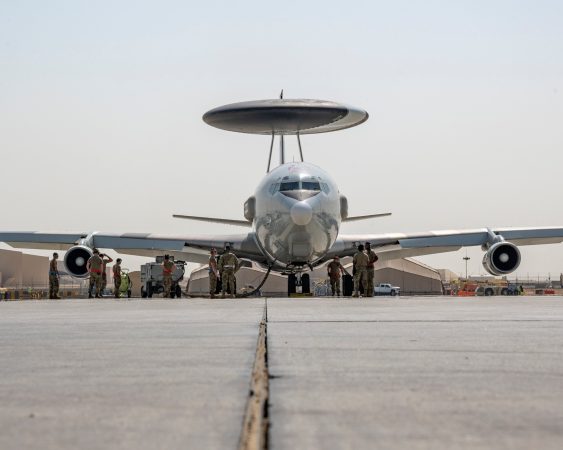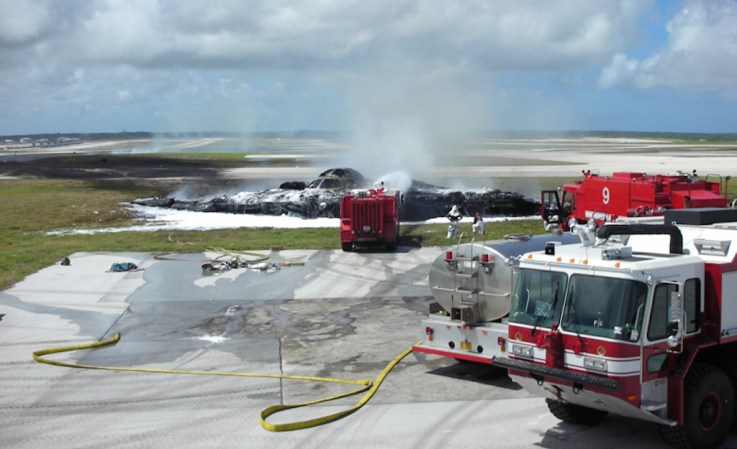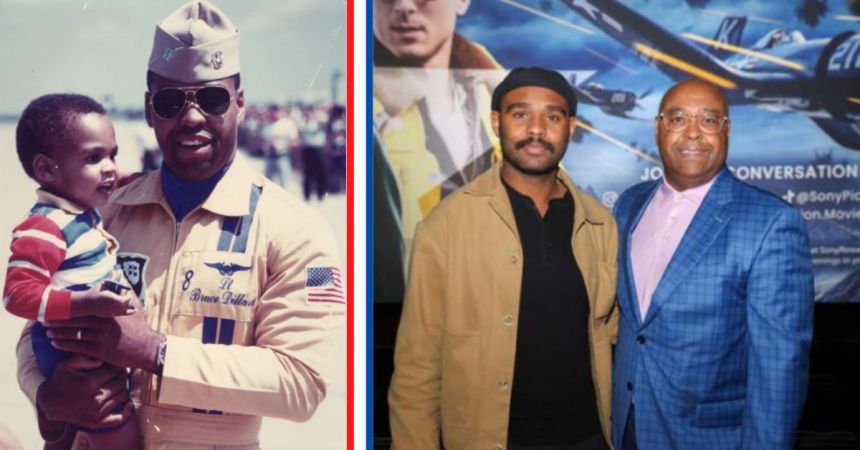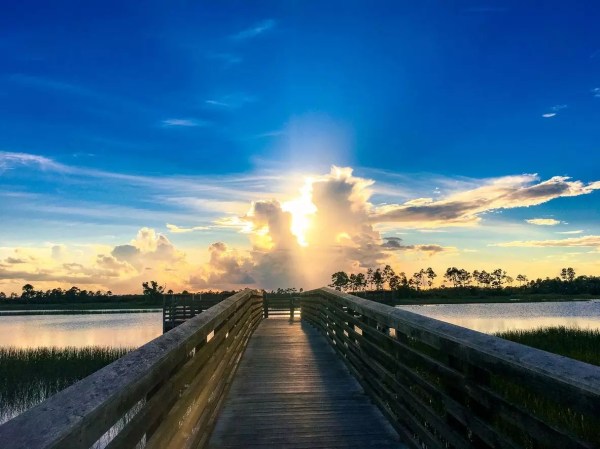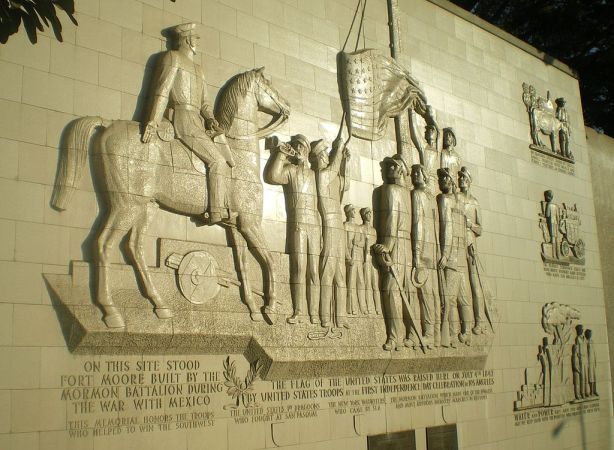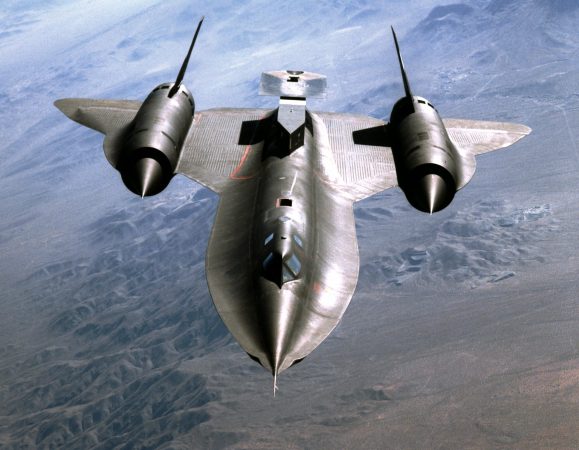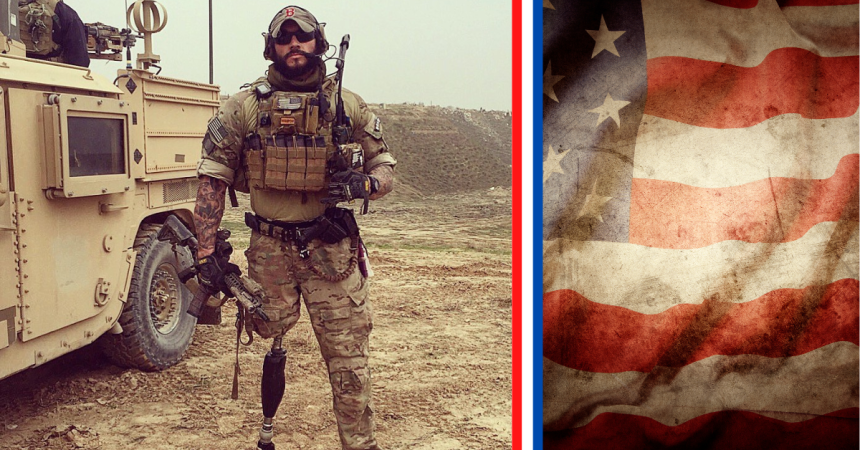U.S. Marines love to talk about their history — from battles won to the heritage of uniform items — but sometimes, the line between Marine history and myths gets a little muddled. There are some things in Marine lore that are passed on as tradition or legend that have no basis in fact. The truth hurts, Marines, but it’s more important to get our history right.
Here are the four biggest myths that Marines have kept alive over the years:
1. The “blood stripe” on the NCO and officer dress blue uniform pants commemorates the 1847 Battle of Chapultapec.

According to Marine legend, a large number of Marine officers and non-commissioned officers perished while assaulting the castle at Chapultapec, Mexico in 1847. To signify their bravery, the Corps later authorized a red “blood stripe” for NCOs and officers to remember and honor their sacrifice.
It sounds legit, but it’s yet another myth. Following an Army uniform practice about ten years before this battle, the Corps began putting stripes on its trousers. The color choice of the stripes changed over those years until solid red was adopted in 1849, according to the Marine Corps Museum. The Corps chose red at the time not to commemorate Chapultapec, but to match the red accents of the blues jacket.
As Jeff Schogol wrote at Stars Stripes:
“While a wonderful story, and one that is taught to incoming recruits, it is only a story,” Beth L. Crumley, of the Marine History Division, said in an e-mail.
The Marines first started wearing the scarlet stripe on blue pants in 1840, borrowing the tradition from the Army. Moreover, seven Marines were killed at Chapultepec out of a force of between 400 and 450 Marines.
2. Marines have never surrendered. Biggest myth ever.

U.S. Marines are (and should be) proud of their battlefield heroics, from battling Barbary pirates to fighting in Iraq and Afghanistan. But with that long battle history comes the claim that Marines have never surrendered. While this claim serves to motivate Marines to always fight just as hard as those who came before, it’s a total myth.
Just one day after the Japanese surprise attack on Pearl Harbor, Marines — under the command of Maj. James Devereux — were under siege on a tiny Pacific atoll called Wake Island. The Marines of the 1st Defense Battalion put up an incredible 15-day fight, sinking ships, damaging or destroying more than 70 aircraft, and holding off the Japanese despite overwhelming odds.
But the Marines were ultimately unable to hold off the enemy. Though their fight serves as an amazing tale of Marine bravery in the opening days of America’s involvement in World War II, they finally surrendered to the Japanese on Dec. 23, 1941.
USNI’s Robert J. Cressman wrote a fantastic article explaining how the decision was made (emphasis added):
About an hour after daylight (0630), Commander Keene picked up the telephone in the contractors’ headquarters and found Commander Cunningham and Major Devereux engaged in conversation on the line. The latter reported being hard-pressed at his command post. He did not believe, he said, that the battalion could hold out much longer. Cunningham told Devereux that if he did not feel he was able to continue fighting, he should surrender. A discussion between the two men then ensued. “You know, Wilkes has fallen,” Devereux stated. Cunningham answered that he did. Devereux then stated that he did not feel he should make the decision to surrender, that Cunningham, the commander of the island, should decide. Pausing for a moment, Cunningham then told Devereux that he authorized surrender, and to take the necessary steps to carry it out. Uncertain of his ability to contact the Japanese commander, Devereux asked Cunningham to attempt to make contact with the enemy, as well. Cunningham responded: “I’ll see what I can do.”
…
At 1015 Kliewer saw men carrying a white flag coming down the beach. Major Devereux was among them, with a group of what appeared to be Japanese officers. They stopped about 50 feet from Kliewer’s trench and ordered him to surrender. Kliewer’s men counseled against giving up: “Don’t surrender, lieutenant. The Marines never surrender. It’s a hoax.”
“It was a difficult thing to do,” Kliewer wrote later, “but we tore down our guns and turned ourselves over.”
Some will argue that technically, Marines did not surrender at Wake, because the Navy commander ordered it. A similar argument is made when referencing Guam or the Marine surrender (under the command of an Army general) in the Philippines. But that doesn’t explain away Marines attempting to surrender during the little-known Makin Island Raid, though they were unsuccessful after being unable to find any Japanese to surrender to.
Further, there are other occasions where Marines have surrendered throughout the service’s history in this book by historian Albert Nofi, including the 40 Marines of “Task Force Drysdale” who surrendered to the Chinese during the Battle of the Chosin Reservoir in Korea.
“We are not surrendering because you beat us,” Marine Maj. John McLaughlin told the Chinese, according to HistoryNet. “We are surrendering to get our wounded cared for. If we can’t get our wounded evacuated, we will fight on.”
3. The birthday of the modern U.S. Marine Corps is on Nov. 10, 1775.

On Nov. 10, 1775, the Continental Congress in Philadelphia, Penn. authorized the raising of two battalions of Marines to serve “for and during the present war between Great Britain and the colonies.” Shortly after this resolution, Marines were recruited and served aboard ships, most notably as sharpshooters taking out enemy officers.
What many Marines don’t know, however, is that the Continental Marine Corps was disbanded after the Revolutionary War in 1783 and ceased to exist for the next 15 years. It wasn’t until July 11, 1798 that what we know as the modern U.S. Marine Corps was established through an act of Congress.
For the next 123 years, the Corps recognized July 11, 1798 as its official birthday, even though it was little more than a myth.
The U.S. Marine Corps History Division writes (emphasis added):
Until 1921 the birthday of the Corps had been celebrated on another date. An unidentified newspaper clipping from 1918 refers to the celebration of the 120th birthday of the Marine Corps on 11 July “as usual with no fuss.” It is doubtful that there was any real celebration at all. Further inspection of documents and publications prior to 1921 shows no evidence of ceremonies, pageants, or parties. The July date was commemorated between 1798 and 1921 as the birthday of the Corps. During the Revolution, Marines had fought on land and sea, but at the close of the Revolution the Marine Corps and the Navy were all but disbanded. On 11 July 1798, President John Adams approved a bill that recreated the Corps, thereby providing the rationale for this day being commemorated as the birthday of the U.S. Marine Corps.
It wasn’t until Nov. 1, 1921 with Gen. John A. Lejeune’s issued Marine Corps Order 47 that the birthday changed to the previous date for the Continental Marine Corps that modern Marines still celebrate today. Later this year on Nov. 10, 2015, the Marine Corps will celebrate 240 years of service, but we should really subtract 15 from that number. Ah well. Myths are sticky.
4. Germans dubbed the Marines “devil dogs” during The Battle of Belleau Wood in World War I.

German soldiers facing American Marines at Belleau Wood, France during World War I took notice of their ferocious fighting spirit in battle, and they referred to them as teufelhunden, or “devil dogs,” according to Marine Corps legend. The Marine nickname of “devil dog” later appeared on a recruiting poster shortly after the battle.
But this myth also falls apart under closer scrutiny. Jeff Schogol, again writing in Stars Stripes, spoke with a member of the Marine Corps History Division and a representative of the National Museum of the Marine Corps. Here’s what they said:
“The term very likely was first used by Marines themselves and appeared in print before the Battle for Belleau Wood,” Marine Corps History Divison’s Bob Aquilina said. “It gained notoriety in the decades following World War I and has since become a part of Marine Corps tradition.”
“We have no proof that it came from German troops though tradition says it came from German troops referring to Marines,” said museum rep Patrick Mooney. “There is no written document in German that says that the Marines are Devil Dogs or any correct spelling or language component of ‘Devil Dog’ in German.”
Further confusing the matter is the fact that a number of American newspapers ran stories in April 1918 claiming that Germans had nicknamed the Marines “devil dogs.” This was prior to the Battle of Belleau Wood, which began on June 1.
While not based in reality, it made for a compelling recruiting drive and the myth still endures. “The Germans, during the war, had no opprobrious nicknames for their foes … Teufelhunde (devil-dogs), for the American Marines, was invented by an American correspondent; the Germans never used it,” wrote famed American author H.L. Mencken in his book on linguistics, “The American Language.“


